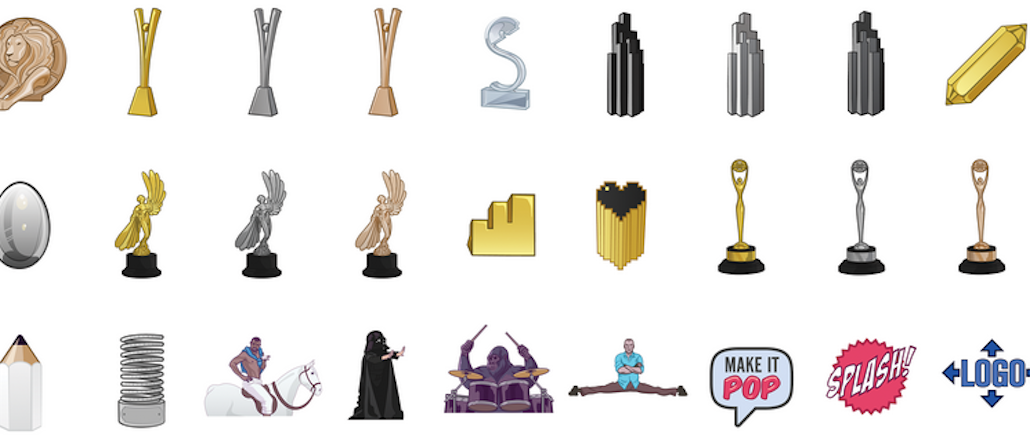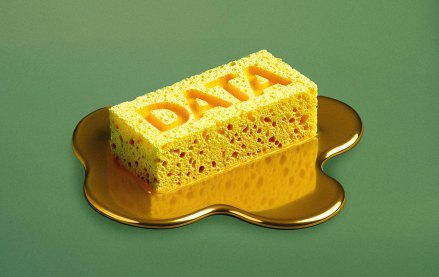Hear from execs at The New York Times, Thomson Reuters, Trusted Media Brands and many others

Advertisers and agencies are going emoji crazy.
Advertising Emojis, a suite of 70-plus ad-themed emojis was released today by Swedish agency Dogwash, allowing everyone, everywhere to tap into their inner creative director. Included are images of iconic advertising awards like the Cannes Lion and the Clio, as well as industry cliches (“Make it Pop!”) and likenesses of the the Old Spice guy shirtless on a horse, Jean Claude Van Damme doing the splits, smoking Don Draper and a stern Peggy Olson.
The idea came out of texting with colleagues, Carl Winkler, CEO and project director at the Gothenburg-based agency explained. Wouldn’t it be nice to illustrate a message with the Cadbury gorilla or an image of a company gold card? Working with Winkler was Dogwas art director Max Hultberg and copywriter Rasmus Andersson.
“We wanted to make communication in the industry a little bit faster, easier and a lot more fun,” said Winkler. “It seems to be quite a hype on the Internet so far.”
The emojis have generated instant buzz for the three-year-old Dogwash, a four-person agency with a list of clients better known at home in Sweden (QC Trädgårdsexperten, Handelsbanken and, um, Cat Footwear). Their release was timed to coincide with Sweden’s most prestigious award, the Guldägget, or “Golden Egg,” which will be announced on Wednesday. And, yes, there’s an emoji for that too. Get them all here.
More in Marketing

In AI and data, WPP Media revives a playbook it thinks it can finally win
It’s a line that’s been making the rounds with clients in the U.S. and the U.K. for months, ad execs told Digiday.

Confessions: Inside a marketing executive’s ‘intimate, complicated’ relationship with AI
This person’s story illuminates the complex psychological and professional dynamics many workers are experiencing but rarely talk about.

Tariff whiplash throws a wrench in brands’ supply chain diversification plans
Trump’s unpredictable tariff hikes are derailing brands’ supply chain diversification efforts, leaving companies struggling to plan amid volatile trade policy.





